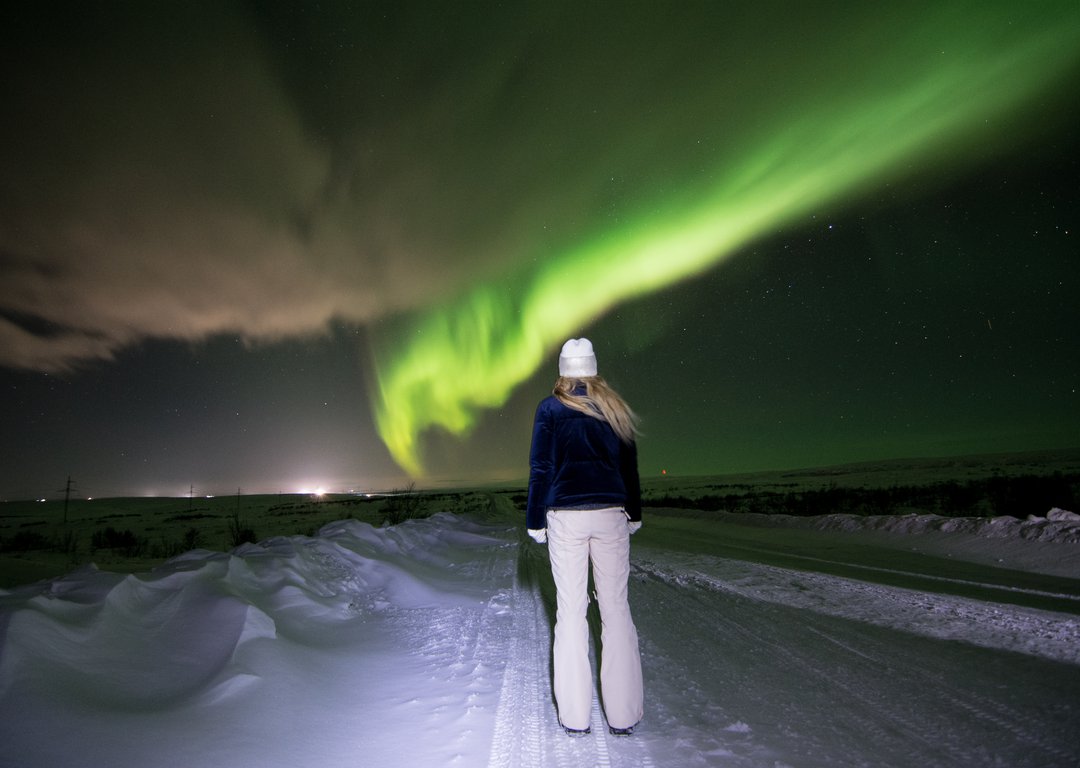 Aurora Boreal en Murmansk
Aurora Boreal en Murmansk
Llegada a Murmansk. Conozca y salude en el aeropuerto, traslado a su hotel, devolución de equipaje y visita a la ciudad.
Murmansk es la ciudad más grande del mundo al norte del Círculo Polar Ártico. Fundada en 1915 como puerto de suministro en la Primera Guerra Mundial, fue la base de las fuerzas expedicionarias británicas, francesas y estadounidenses contra los bolcheviques en 1918. Visitaremos el Museo Naval o el Museo Histórico.
Después del almuerzo, visite el museo del rompehielos "Lenin", ¡el primer rompehielos nuclear del mundo!
Murmansk jugó un papel importante como vínculo comercial ruso con los Aliados durante la Segunda Guerra Mundial. Varios suministros fueron traídos a la ciudad con la ayuda de los convoyes del Ártico. Murmansk fue gravemente dañado durante la guerra. Fue restaurada a principios de los años cincuenta.
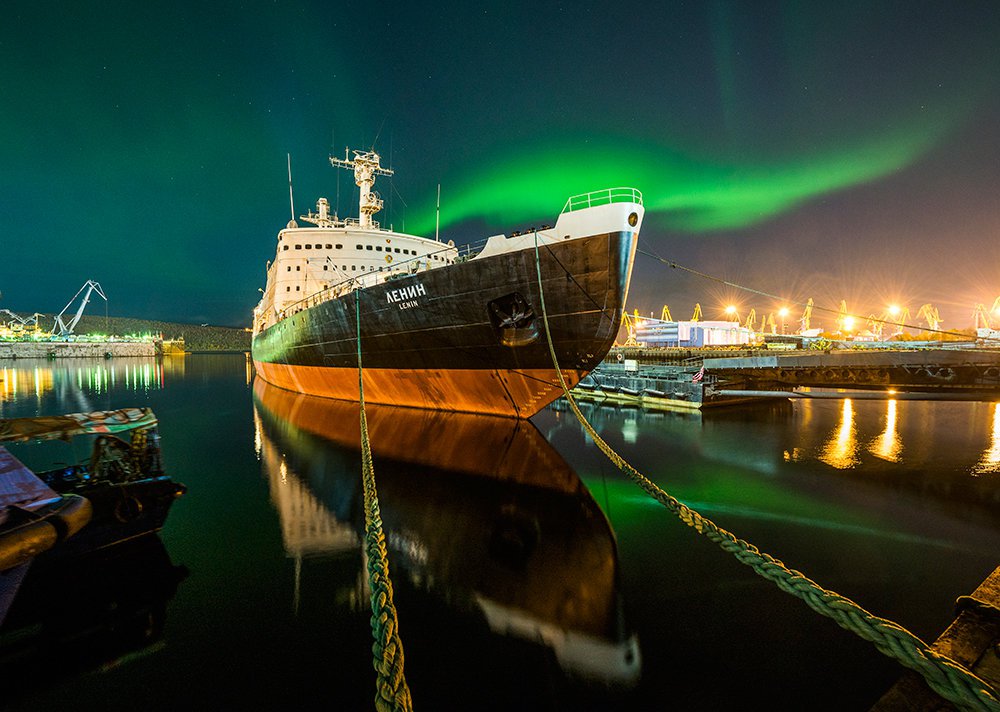 rompehielos LENIN
rompehielos LENIN
Tarde libre a medida que nos preparamos para la aventura Northern Lights. ¡En buenas condiciones, podría ser posible observar la aurora boreal en la propia ciudad de Murmanks!
VER TODOS LOS TOURS
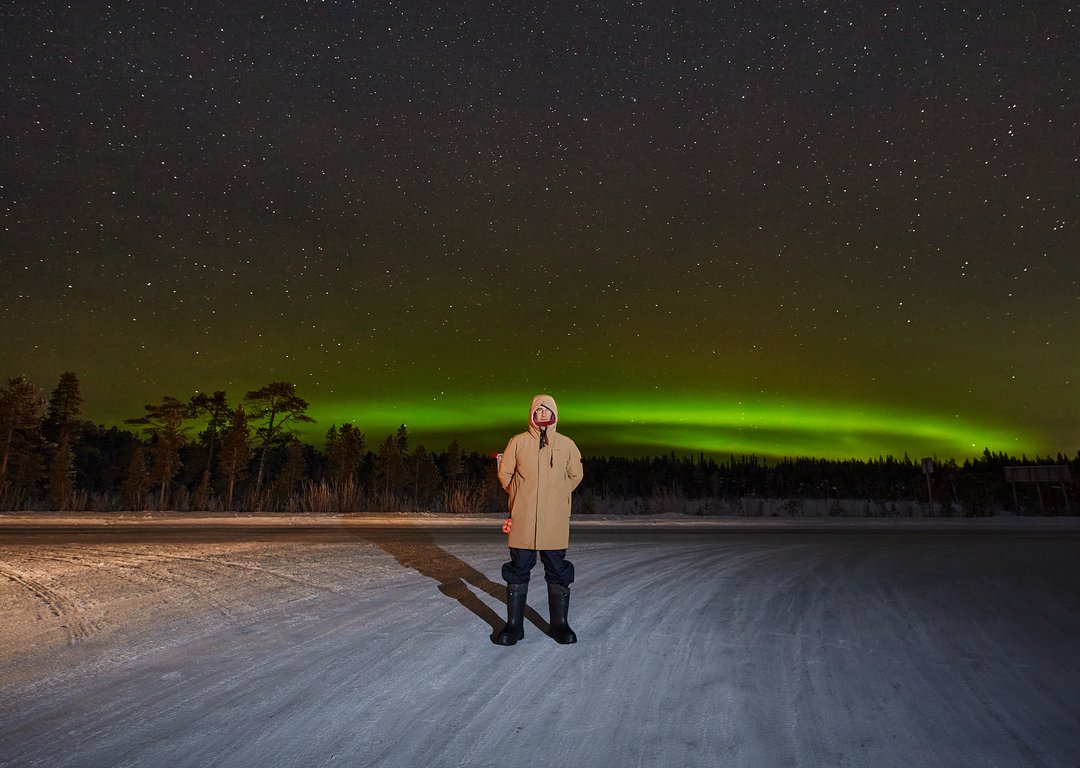 Northern Lights Hunt
Northern Lights HuntEvening free at leisure as we prepare to the Northern Lights Midnight Hunt and adventure. In good conditions, it might be possible to observe northern lights in Murmansk city itself. However, we drive off the town to the tundra for better viewing (where city lights do not interfere) and to high hills most know for the best Aurora viewing. The exact date of the trip will be advised by your guide and is subject to a current and best Northern Lights forecast. We depart for our Northern Lights Hunt at about 10:00 pm but the the exact time will be advises by the guide.
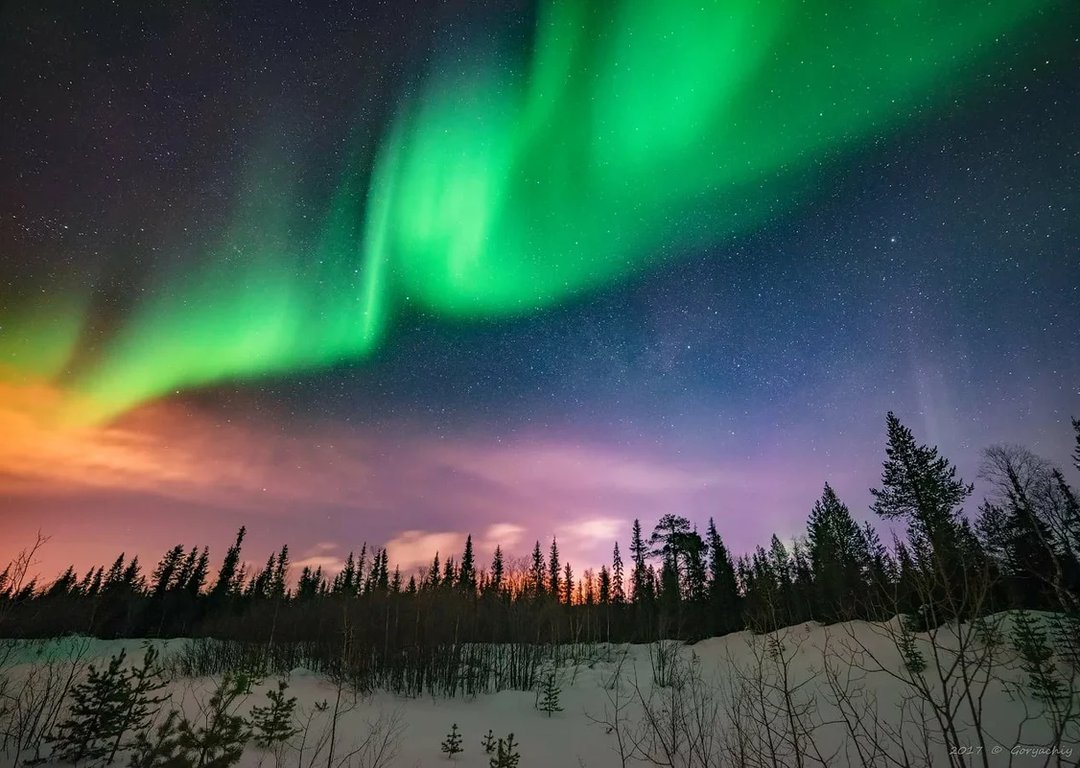 Northern Lights Hunt
Northern Lights HuntOn October 4, 1916, Romanov-on-Murman was laid on the shores of the Kola Bay, renamed Murmansk after the October Revolution. By the way, this was the last city founded in the Russian Empire.
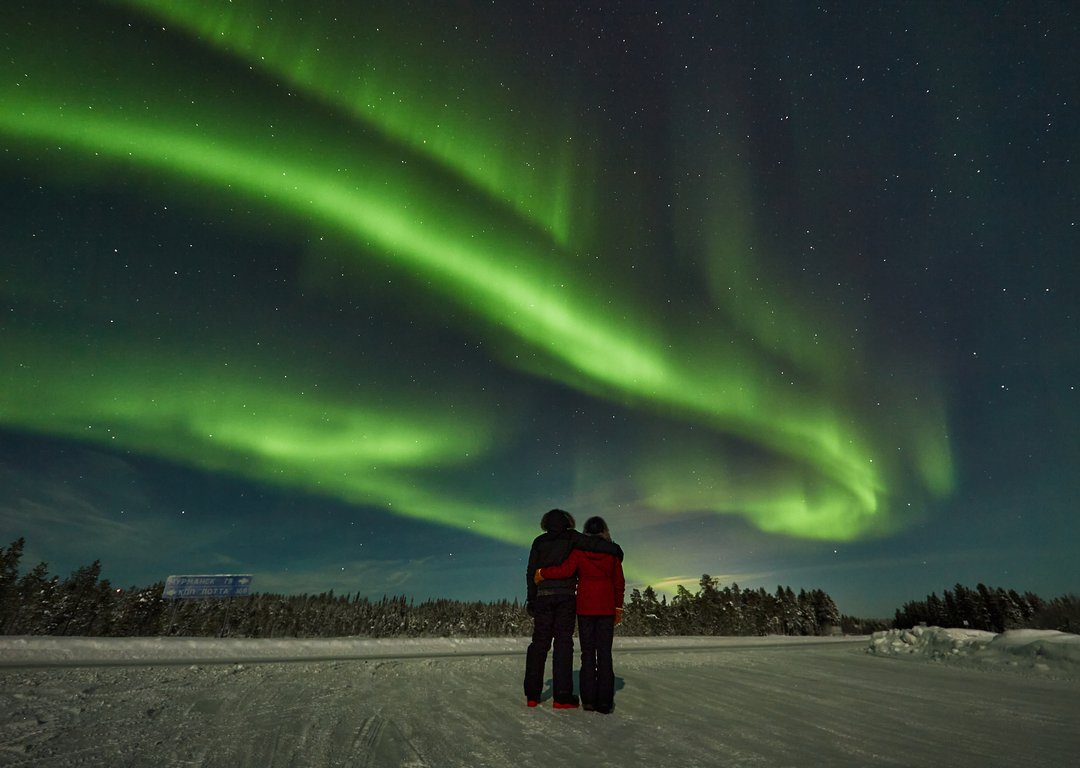 Northern Lights Hunt
Northern Lights Hunt
"And on the left hand of the Kola town, they went to the sea to look, they live Murman, Syrech - Norman, they are also Varangians, who in ancient times came and sailed from the city of Varda and lived with us robbed, which memory remained in the word - thieves, thieves. The abbot disputed: they say that the Normans, therefore, live in the ground holes (“nora”) live like animals: the reason for this is cold. And I say: this is not Murmas who live in burrows, and it is not because of the cold, but the small people shovel from fear, no matter how much our industrialists live it. You will not bite a Murman with a blunt tooth. " - From the story of Levontius Pomorets. The impetus for the early development of the bay was the First World War. Trying to get access to the Arctic Ocean through the only non-freezing strait at that time, Russia in 1915 determined a site for the development of a seaport on the right bank of the Kola Bay of the Barents Sea. His task was to ensure the unhindered delivery of military cargo of the Entente during the blockade of the Baltic and the Black Sea exits. During WWI, Murmansk was the main port in European Russia
During WWII, the help of the allies was invaluable. Of great importance were the supplies of military equipment and ammunition, food and strategic materials that our defense industry needed. In March 1941, a law was passed in the United States that granted the president the authority to transfer, exchange, rent, a loan or otherwise supply military materials or military information to the government of any country if its "defense against aggression is vital to the defense of the United States." This system is called Lend-Lease.